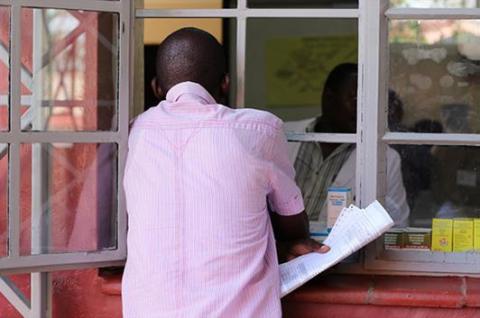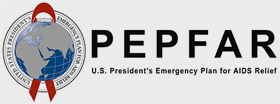In Kenya, malaria is a major public health problem. Three-quarters of the population are at risk of malaria with the lake and coastal regions having the highest burden in the country. The 2019 Kenya Health Information System (KHIS) data reported indicates a malaria incidence rate of 65.7 percent with a total of 4.6 million confirmed cases, and 5 million treated for malaria. These numbers were reported from around 6,000 health facilities that also report on malaria commodities.
Because the system to service commodity orders was manual, mistakes are bound to increase resulting for instance in many health facilities either understocked or overstocked as counties ordered and received commodities without regard for proper determination of re-order quantities, provided they did not exceed their limits, regulated at certain levels of capped quantities. Robert’s work requires him to regularly coordinate with counties to ensure this is addressed and that malaria treatment is available at the health facilities. As life-saving commodities, quick turnaround time is critical, as the orders are patient-focused.
“The manual system was inefficient, and led to wastage through expiry and redistribution, which bore additional costs,” said Robert.




